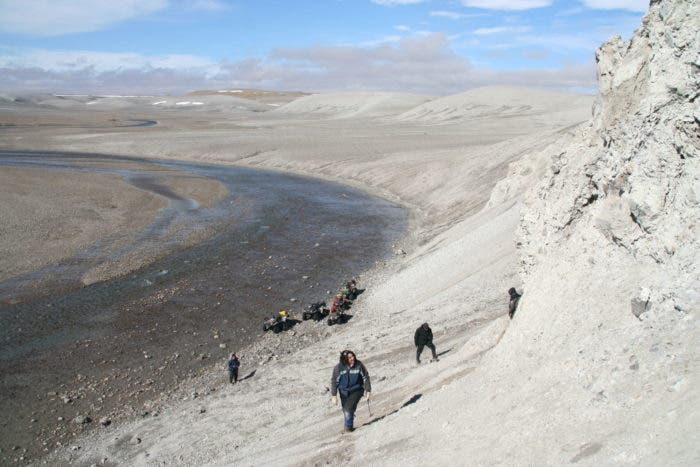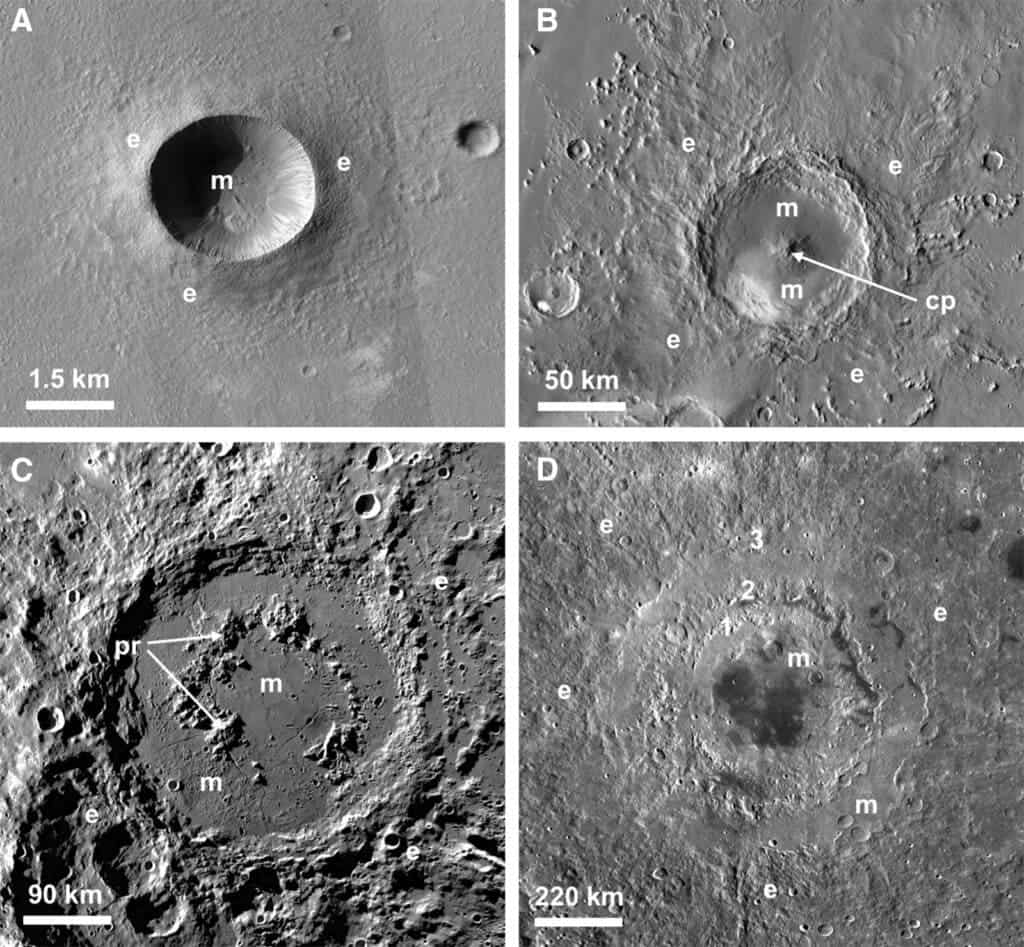Meteorites are usually described as having caused some of the most devastating and destructive events in the history of Earth. Nevertheless, they might have also provided the necessary conditions for life to blossom on the planet, according to a new study, which urged space agencies to pay further attention to craters.

All non-avian dinosaurs went extinct because of the impact of a massive asteroid 66 million years ago in the Yucatan Peninsula. The same would probably happen with human civilization and most other species if a similar asteroid hit Earth today. But asteroids may not only be responsible for ending lives — they have the power to seed new ones.
“If you ask anyone to imagine what happens when you have kilometer-size chunks of rock hitting the Earth, it’s typically destructive. It’s an extinction event like the one that killed the dinosaurs,” Dr. Gordon Osinski, lead-author, said in a statement. “What we’re trying to do here is turn that idea up on its head and say yes, the impact is initially destructive, but it also delivers the building blocks for life.”
Osinki and his team argued that impact events are not just isolated catastrophic geological events but a fundamental process in planetary evolution that plays an important role in the origin of life and in controlling planetary habitability. Building on previous studies, they provided a modern comprehensive treatise of the role of meteorite impacts in the origin and early evolution of life
Following the impact of an asteroid, conditions would be brutal for any life form that previously existed. Tons of debris would fall into the atmosphere and melted rock would flow from the crater, burning everything it touches and releasing toxic fumes that would remain for a while in the air. But after the rock cools and conditions settle down the conditions would be ideal for microbial life to develop.
While a crater lake forms in the impact basin, the combination of minerals, chemicals, heat and water would create the conditions for microbes to have a safe environment filled with abundant energy. These habitats include hot springs and geysers, such as the one in the Yosemite National Park, and hydrothermal systems, similar to the hydrothermal vents on the ocean floor.

But that’s not all. Other habitats include rock pools created in cooling volcanic flows where water can collect, so-called splash pools, as well as endolithic habitats (inside rocks). Life can develop inside the pores and fissures of rocks and inside floating islands of porous pumice rock, protected from ultraviolet radiation, the researchers said.
“There are a lot of hypotheses for where life started on Earth and where we should look for life on Mars, but we are actually overlooking a major geological force and a key habitat in understanding the origin of life and that’s meteorite impacts and their resulting craters,” said Osinski, who is the Director of Western’s Institute for Earth and Space Exploration.
Earth sweeps up hundreds of tons of material from space when it passes around the Sun, mostly dust, a few meteoroids and sometimes even an asteroid. The B612 Foundation identified over two dozen impacts around the world between 2000 and 2013. Most of them weren’t significant to produce a crater. An exceptional impact would be required to produce an environment where life could develop.
The findings showed that a crater of about 5 kilometers wide is needed to generate hydrothermal environments. For that, we would need a relatively massive asteroid. Besides the size, the type of object involved in the impact is also important.
For the researchers, understanding the beginnings of life on Earth might not only shed light on our origins but also aid our search for life elsewhere. Mars, for example, has been hit by many asteroids and most of the impact craters are intact and available for exploration. NASA’s Perseverance rover is scheduled to land on the red planet next year to look for signs that life once existed on Mars.
“Perseverance is going to land in Jezero Crater and there is evidence of minerals such as clays formed through hydrothermal activity. It’s a good place to start to explore the role of meteorite impacts in the origin of life, as long as they look out for the habitats, nutrients, and building blocks for life that we outlined in our study,” said Osinski.
The study was published in the journal Astrobiology.


